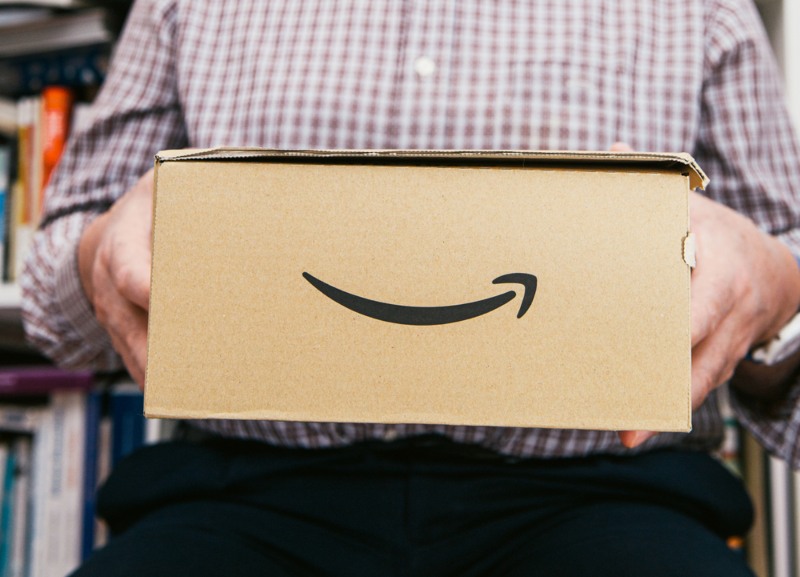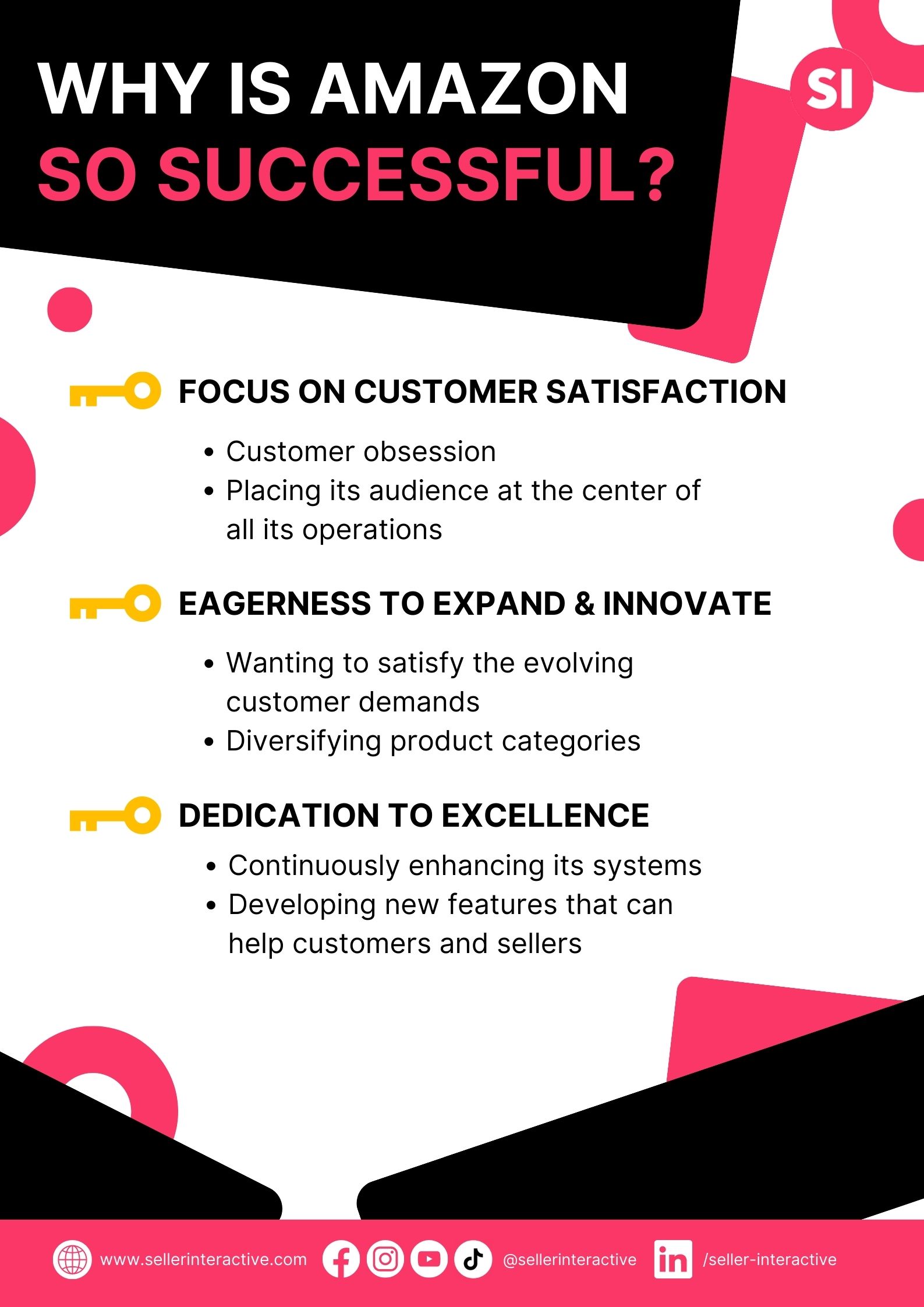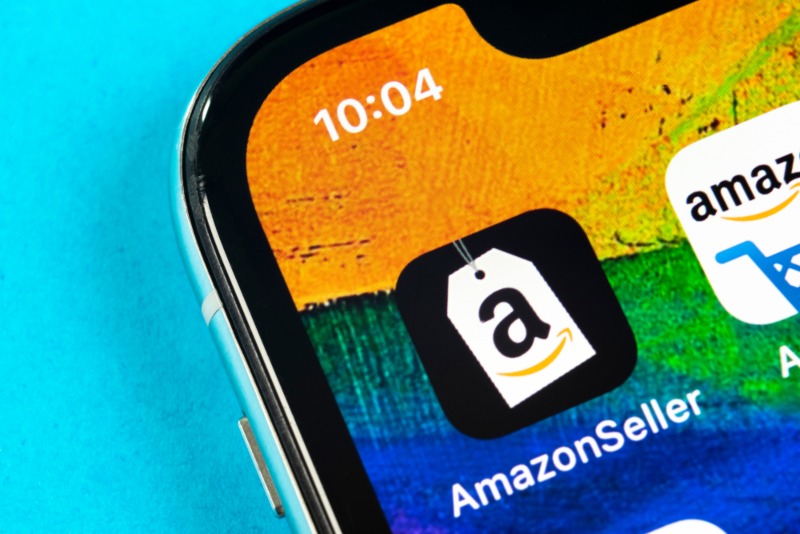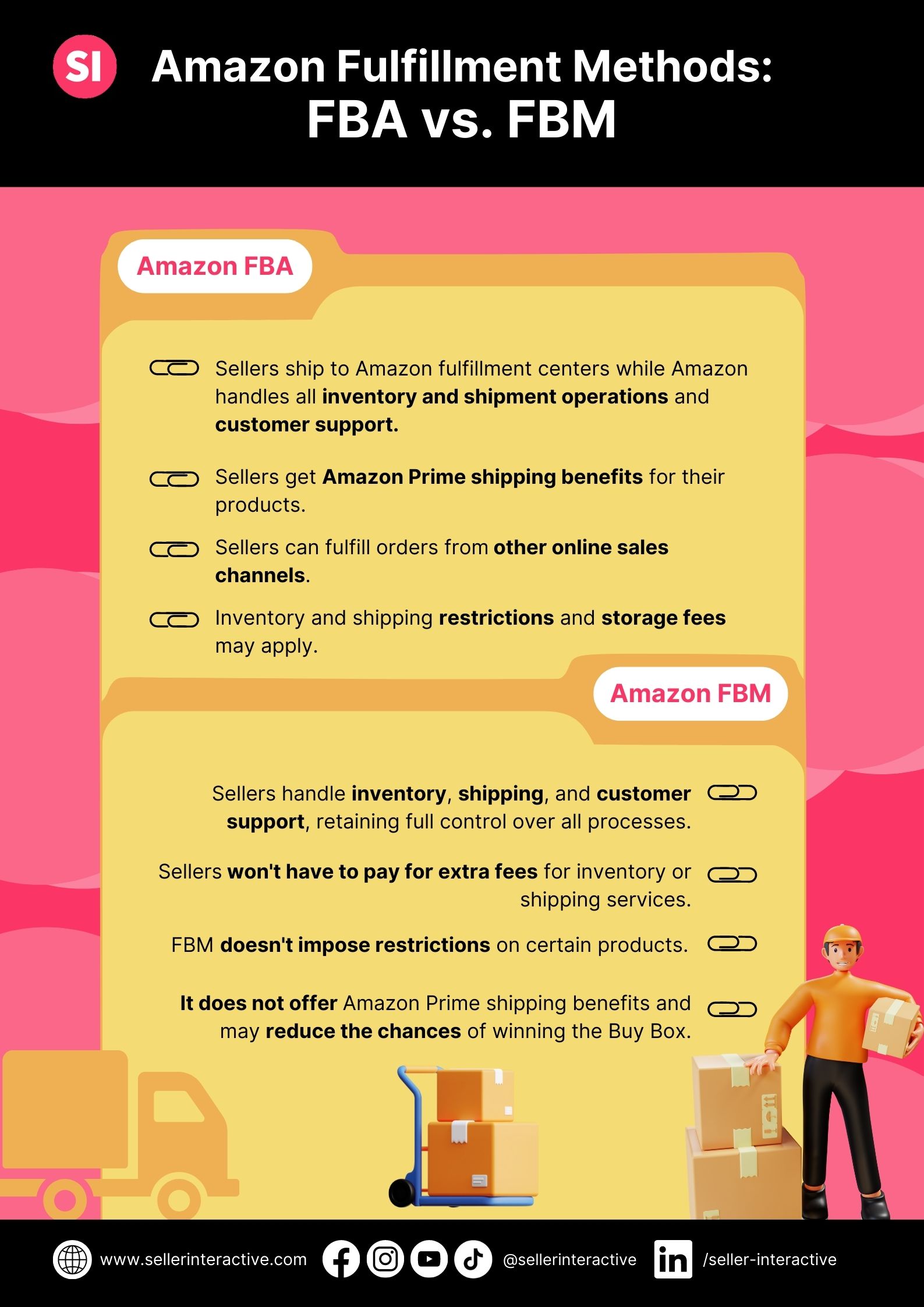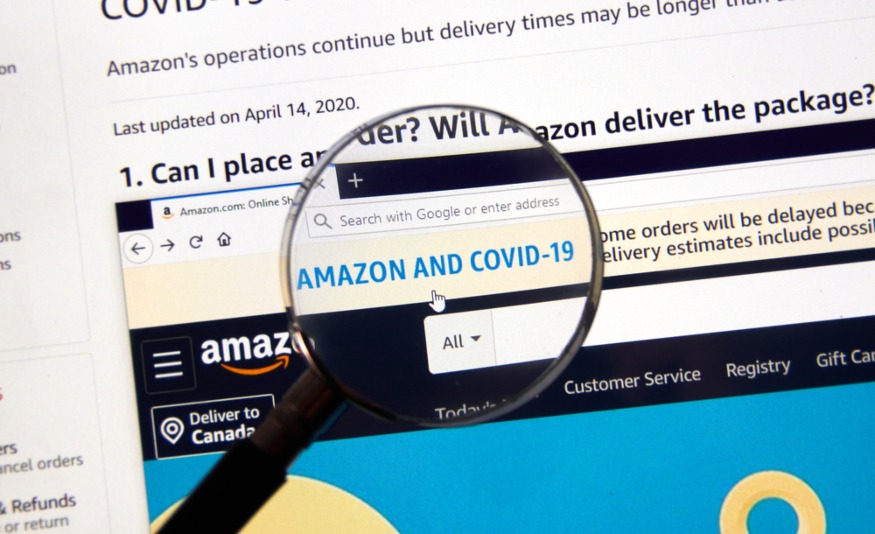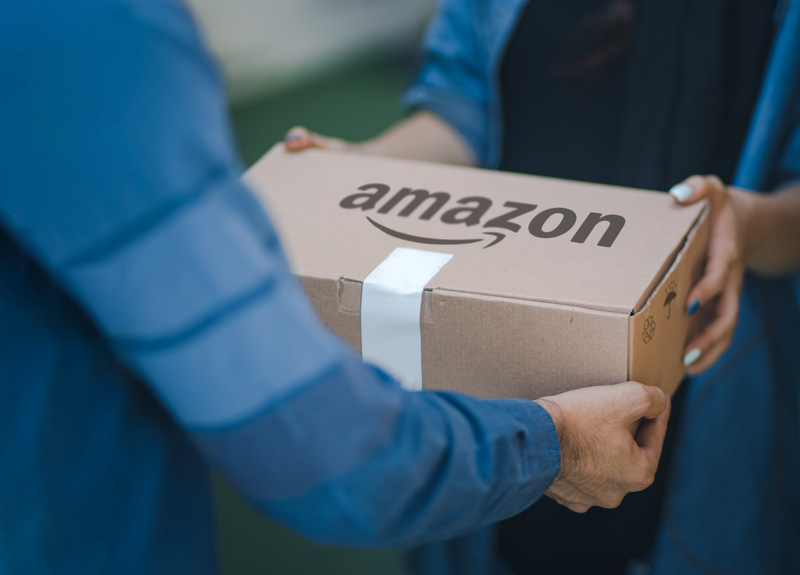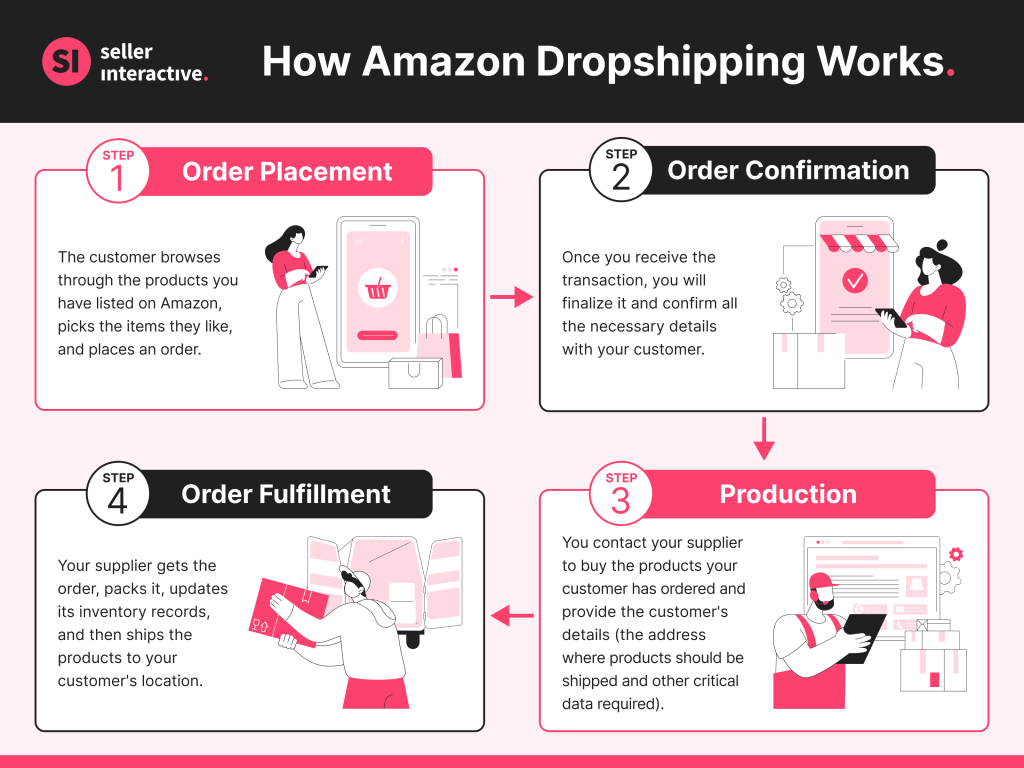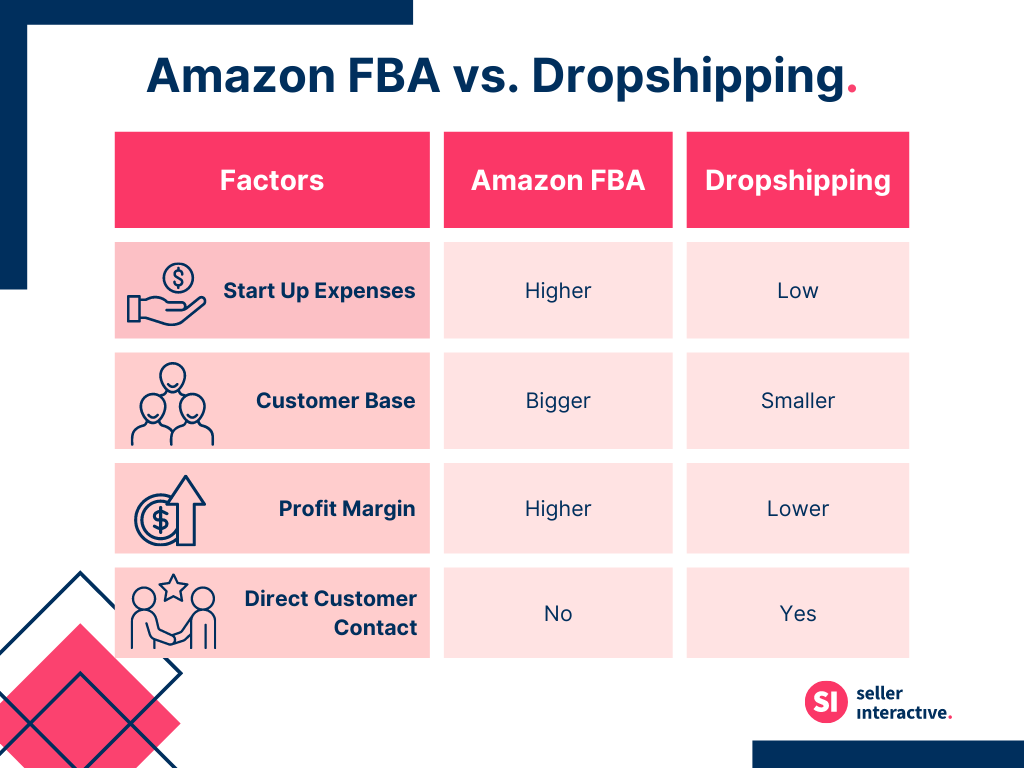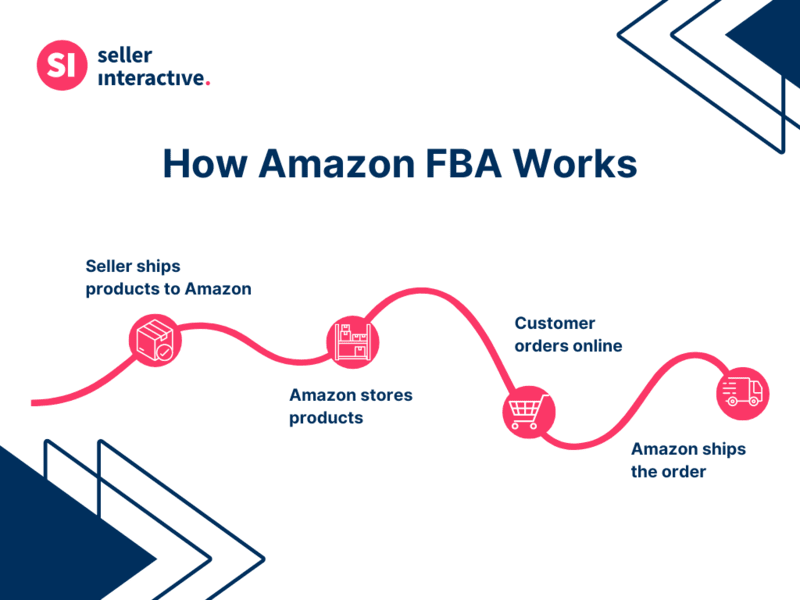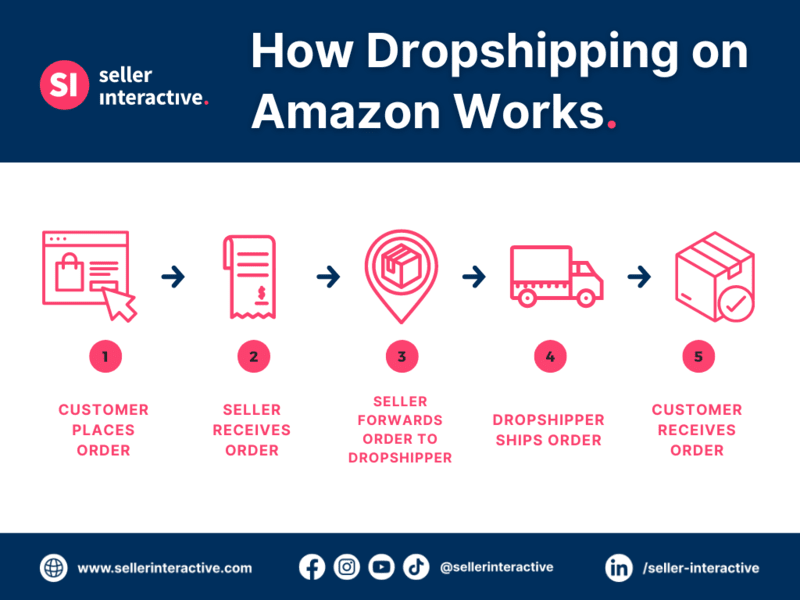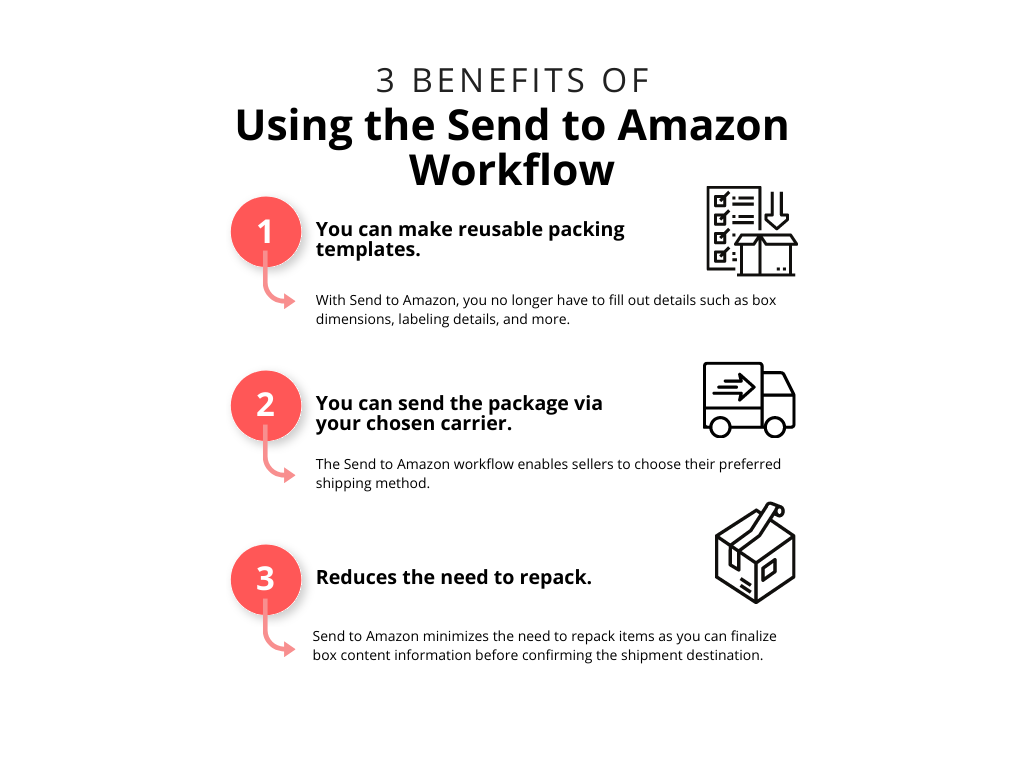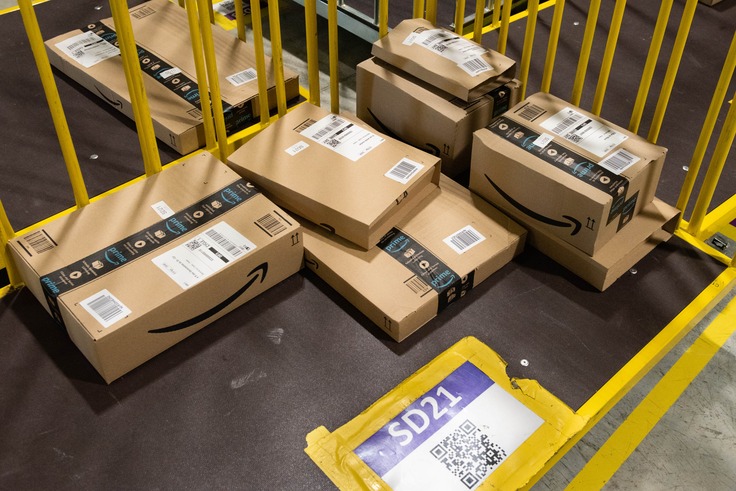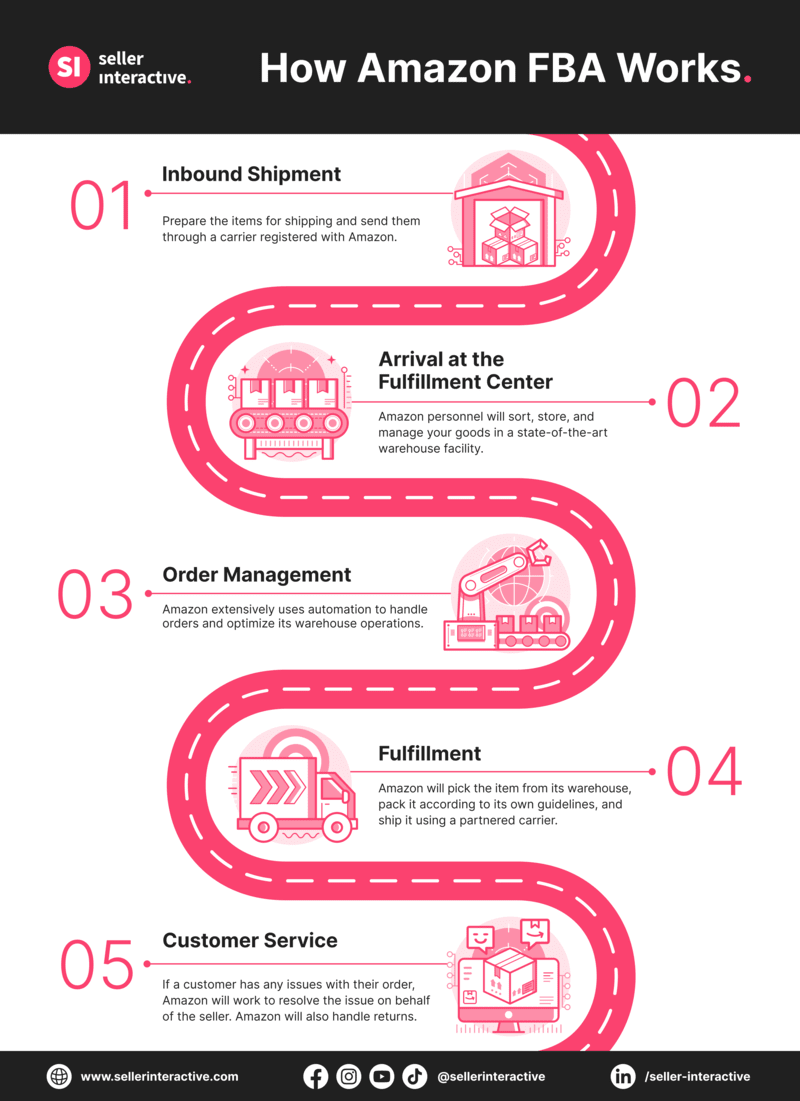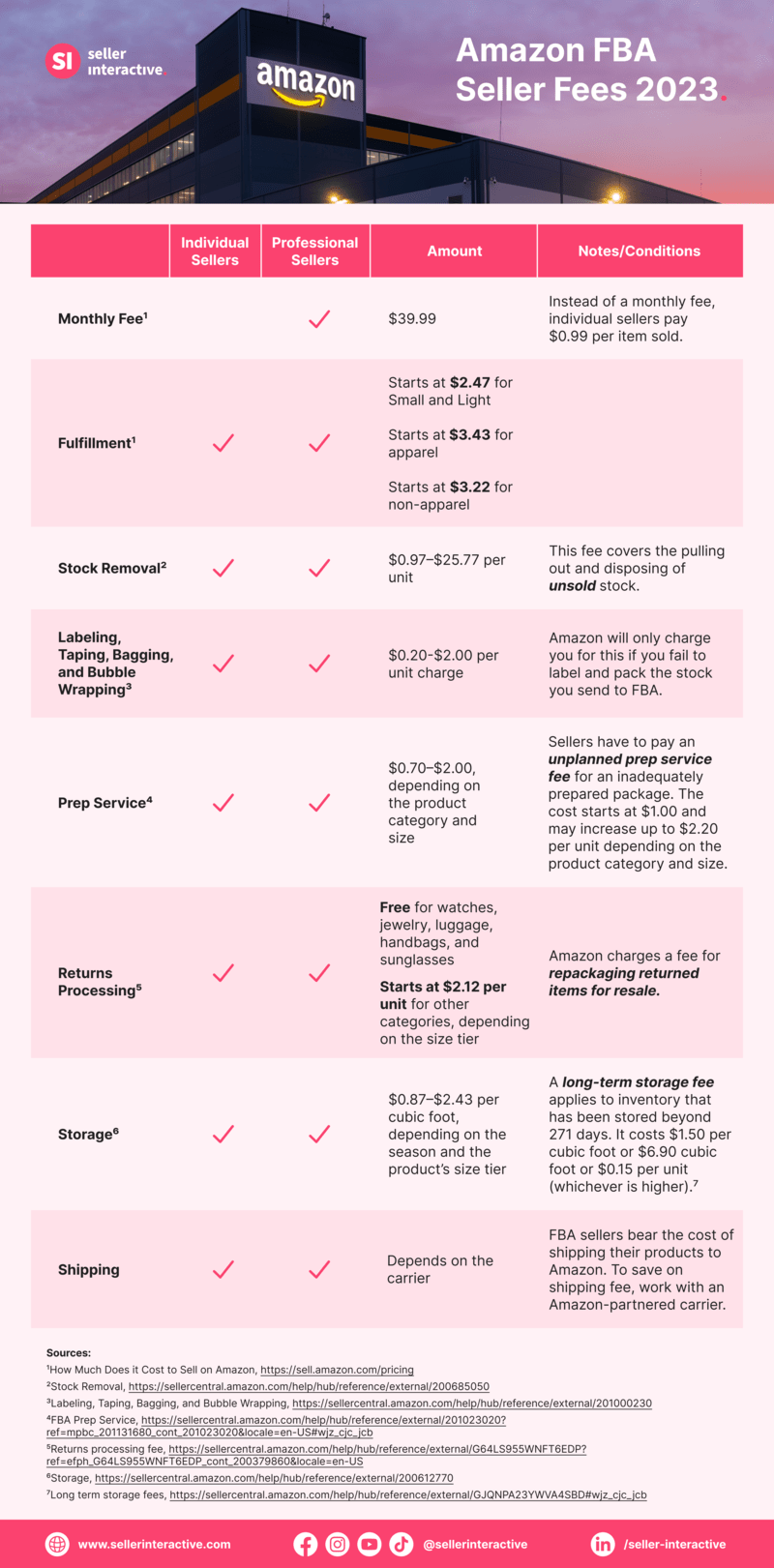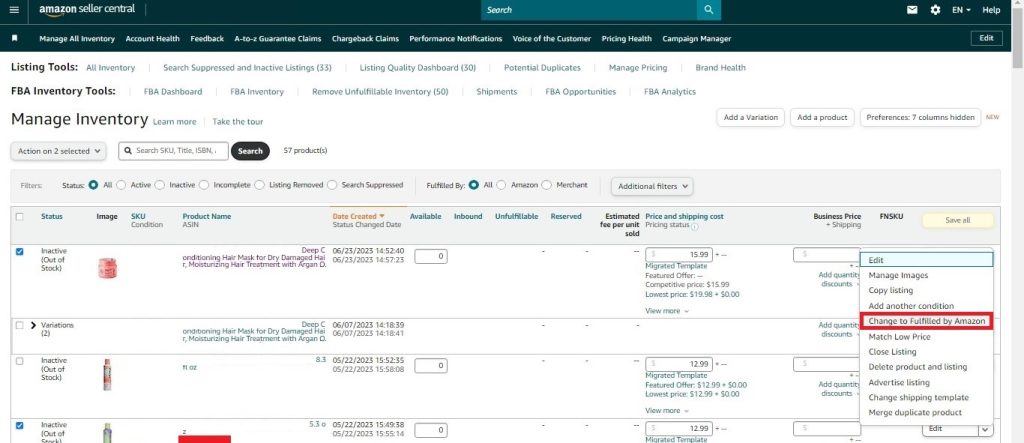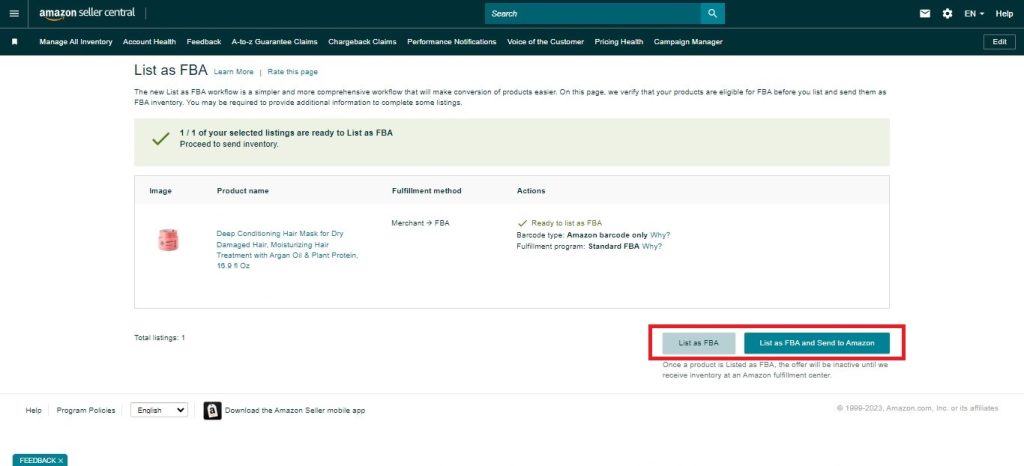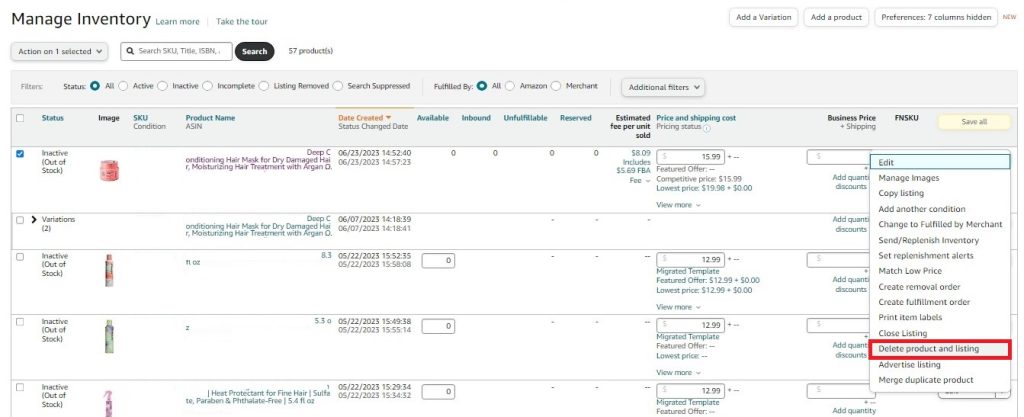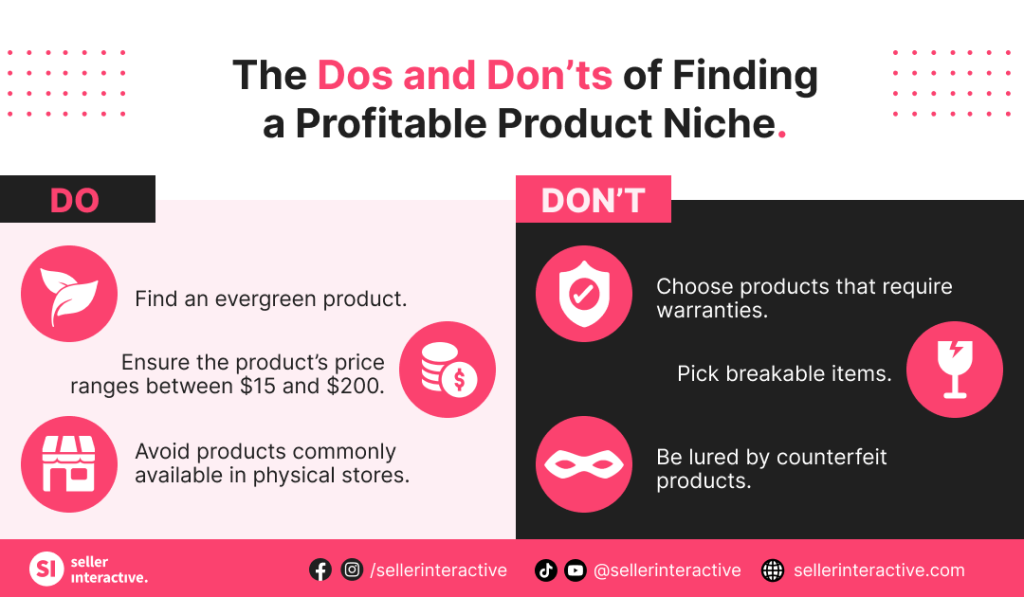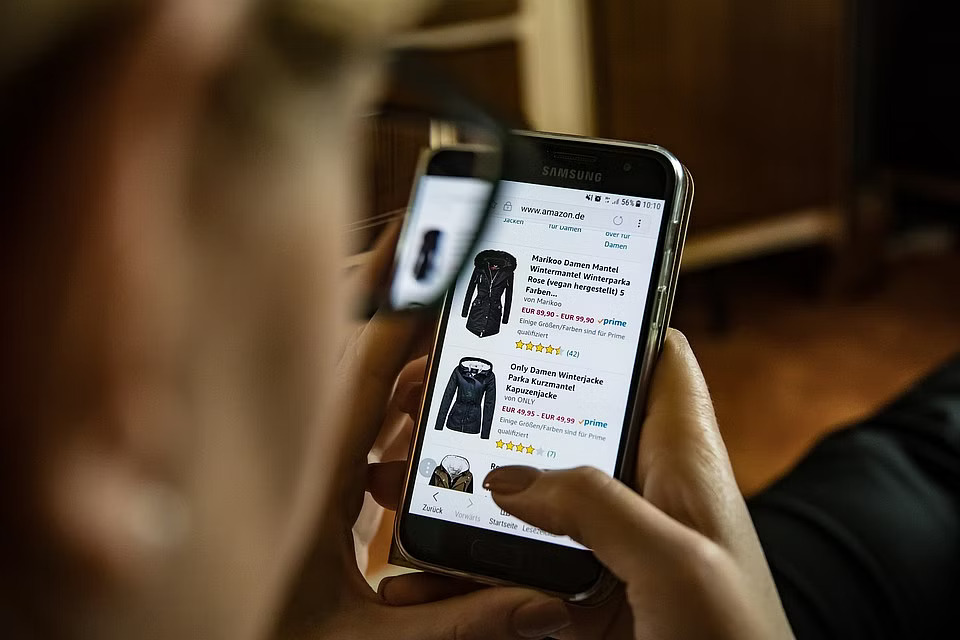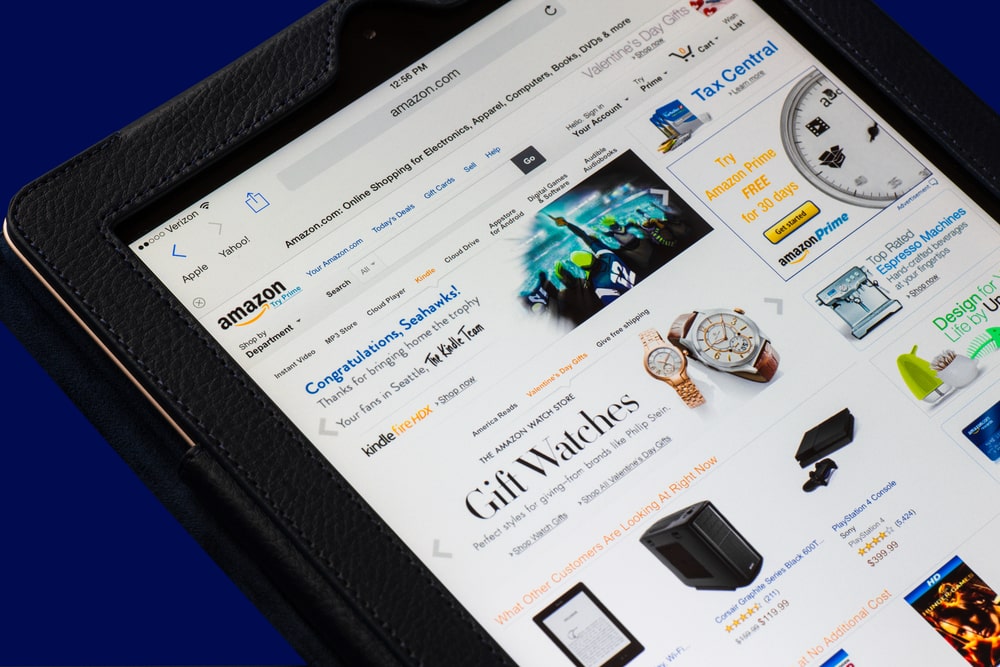According to an Amazon SEO consultant, processing FBA reimbursements on your seller account is just a tiny part of your entire Amazon business operation. However, to get your full profit down to the last cent, an Amazon reimbursement service might be necessary.
Running a business is anything but easy. Time and dedication are the keys to success. But, when most business aspects get overwhelming, you might not be able to handle things such as auditing your finances, creating a case, and submitting a claim to Amazon Seller Central for reimbursement.
Sometimes, you won’t even be sure if Amazon will approve it or if you will ever get your hard-earned money back. When the going gets tough, Amazon reimbursement service providers can spring into action. But will an Amazon reimbursement provider suit your case better, or will a fully automated Amazon reimbursement software serve your needs best?
Read on, and we'll help you decide.
Troubled Amazon Sellers’ Options for Hassle-Free Amazon Reimbursement
If you are running a 5- or even 6-figure Amazon store, we are confident that many of your business aspects—like customer returns and support, order fulfillment, and marketing—are outsourced. That means you do not do all these yourself. You have employees or independent contractors doing these things for you so you can focus on running your business.
So why do many Amazon FBA sellers spend at most 12 hours each month hunting down any refunds? That is more than an entire workday spent just looking for errors in your Amazon seller account and reporting them to the system.
Considering how time-consuming it can be, hiring a professional Amazon reimbursement service or using an Amazon reimbursement software is a wise decision. Let’s discover the factors each option excels at to determine which best suits your needs as an Amazon seller.
Option 1: Amazon Reimbursement Service Provider
Similar to hiring a digital marketing team to create effective ads for your brand, a professional Amazon reimbursement service typically involves hiring a team of experts to handle various reimbursement issues—like damaged inventory, incorrect FBA fees or charges, and more—on your behalf.
They will analyze your Amazon transactions, identify potential issues, and submit reimbursement requests to Amazon for you, saving you the effort. This option can be convenient if you don't have the time or expertise to handle the Amazon FBA reimbursement process yourself.
Here are a couple of reasons why hiring a professional Amazon reimbursement team is beneficial:
- They are experts at what they do, allowing you to rely entirely on the quality of their service. Why so? Because they have hours of experience on the platform and in-depth knowledge of Amazon’s policies, allowing them to solve your reimbursement issues without breaking a sweat.
- They can scan your FBA account going back at least 12 months, and you can pay them by hours spent. Now, that saves you a couple of hours which can be dedicated to more critical money-making duties.
- They can manually submit reimbursement requests to Amazon. Submitting requests and claims is an essential requirement of Amazon, and they try to avoid automated claims. This one is not an easy task. Any discrepancies will put the whole thing in the dumpster.
Now, if you are on a tight budget, you might find it expensive or unnecessary to hire an Amazon reimbursement service provider. But if you decide to, you better have a strategy to get the most out of their services, so they get paid only for doing the most important tasks you need help with.
Option 2: Amazon Reimbursement Software
On the other hand, people looking for a more straightforward, cost-effective, and hands-on approach to reimbursement issues may opt to use another type of Amazon reimbursement assistance: refund and reimbursement software.
Some FBA sellers who are pressed for time may choose a refunds manager like Refund Genie or other do-it-yourself software. Using such services definitely saves you time since almost all of the process is automated.
More and more Amazon sellers are opting for automated reimbursement software solutions. Why? The software has the following features that can make the reimbursement process a breeze:
- Automatically analyzes your Amazon transactions and identifies instances where you may be owed money.
- Helps you save time performing tedious tasks such as finding missing reimbursements, submitting refund claims, and keeping track of errors.
- Helps cut down the time spent on processing a claim on Amazon.
- Potentially finds errors that cannot be seen easily with even the sharpest human eye.
- Provides detailed reports on your Amazon transactions and reimbursements, helping you identify trends and make more informed business decisions.
- Helps you stay up-to-date with Amazon policies and ensures that your reimbursement requests comply with Amazon's guidelines.
However, like all things, these automated reimbursement software have their fair share of drawbacks.
The downside of using software is that it is not 100% foolproof. Although the software can speed up the process, there are times when it can inaccurately identify reimbursement issues, leading to significant losses for the seller.
There are also certain matters in the reimbursement process that are best handled with a human touch, such as drafting reimbursement claims and filling out inventory forms.
It’s still best to carefully and regularly review the reimbursement claims generated by the software to prevent these unfortunate scenarios.
Let Professionals Handle Your Amazon FBA Refunds and Reimbursements
Both reimbursement services and software are incredibly effective and valuable tools that can assist troubled Amazon sellers throughout the reimbursement journey. Deciding which to use ultimately boils down to your business’s demands.
Knowing the exact needs of your business is the most important factor to consider when choosing which Amazon reimbursement service is perfect for you and your seller account. Do you have more time to go through the entire reimbursement process yourself, or would you rather have someone else do it on your behalf?
Of course, if we have to pick and recommend one, it is to get a trusted and expert Amazon reimbursement service provider like Seller Interactive that can create accurate reports and get Amazon to refund the profit that is rightfully yours.
Do you need help with your Amazon reimbursements and other refund issues? Schedule a consultation with a respectable Amazon account manager from our team and recover your Amazon FBA refunds today!
